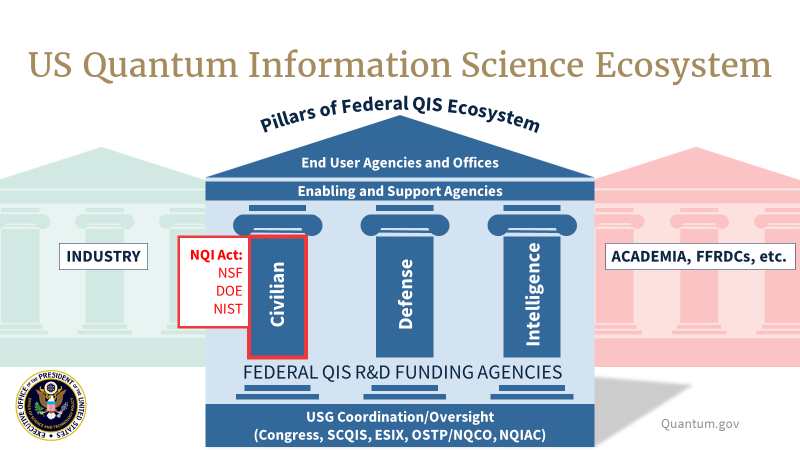Led by CU Boulder and designed to push the frontiers of quantum sensing, Quantum Systems through Entangled Science and Engineering (Q-SEnSE) involves 37 researchers from 12 organizations located in 6 different states (including one collaborating from Europe).
Charles Tahan, Assistant Director for Quantum Information Science at the White House Office of Science and Technology Policy (OSTP)—as well as the director of the National Quantum Coordination Office (NQCO)—featured Q-SEnSE in the Dec. 3 edition of Letters from the NQCO Director, highlighting its leadership in quantum sensing and key "quantum questions" the NSF Quantum Leap Challenge Institute aims to address.
"The Q-SENSE team will tackle a deeply scientific question at the heart of quantum information," Tahan writes. "Does quantum entanglement, not just superposition, provide an advantage for quantum timekeeping, sensing or measurement? Let me give you a sense of how far they will reach to answer these questions. Some of the best clocks, like those made by NIST at their joint lab (JILA) with the University of Colorado Boulder, reach accuracies of a small fraction of 1018. That means that over the age of the Universe, they may be wrong by one second. Q-SEnSE may make 1020 clocks possible." Such clocks, Tahan explains, can potentially predict future earthquakes and enable fundamental discoveries about nature.

